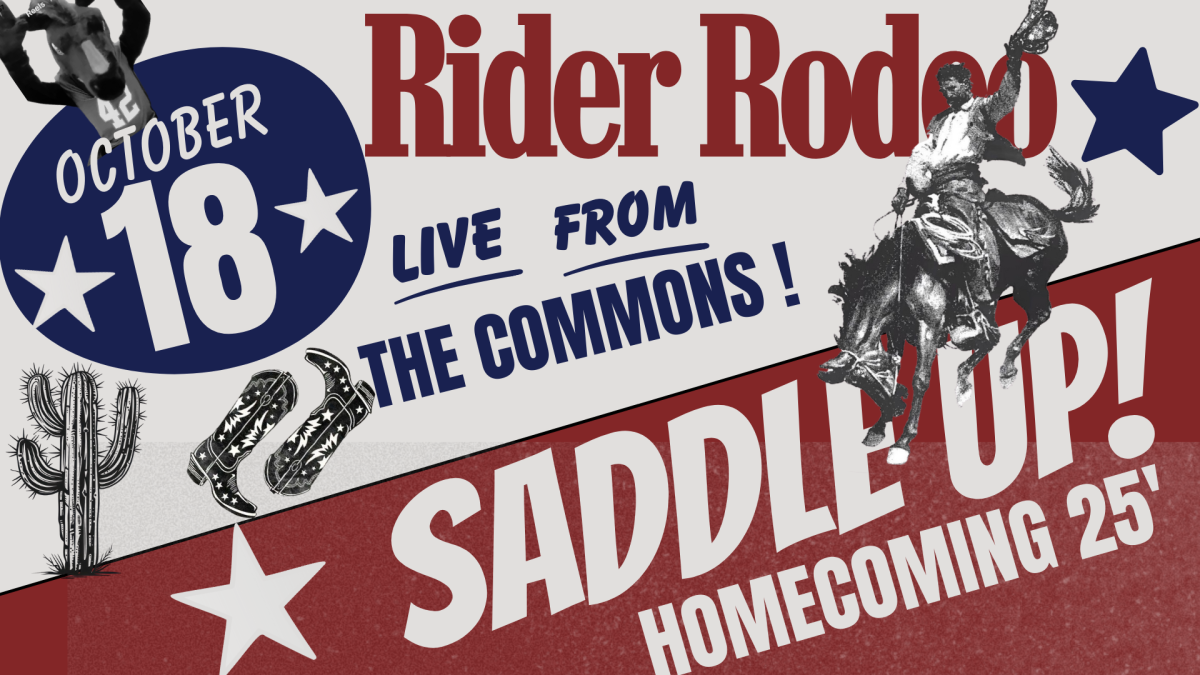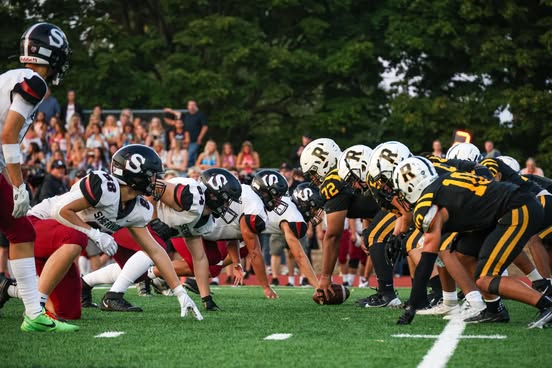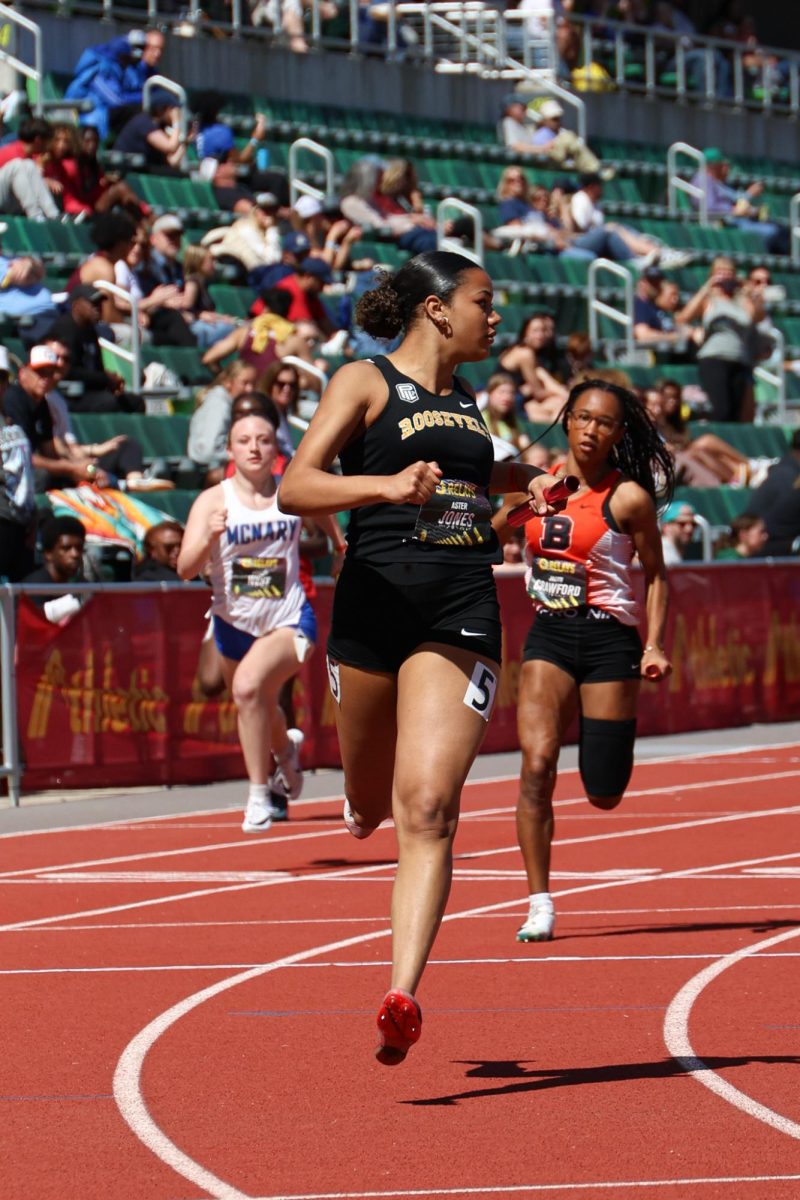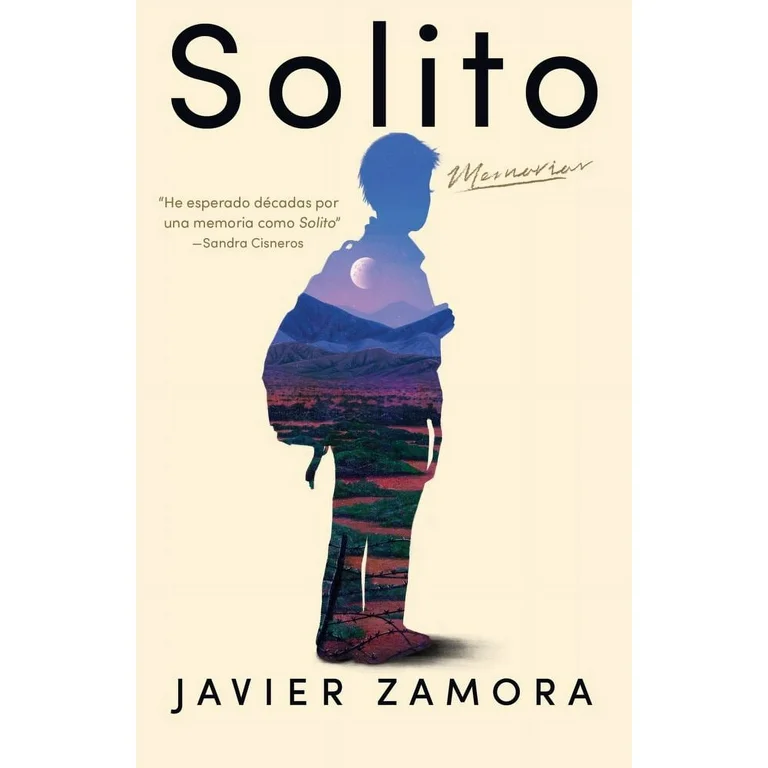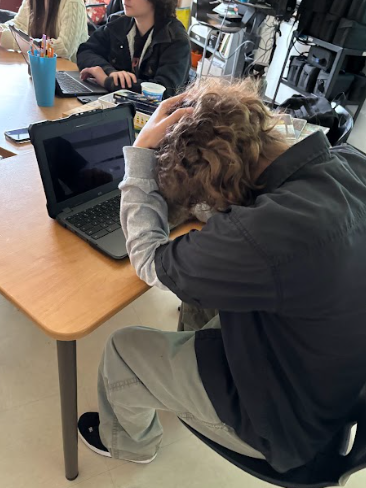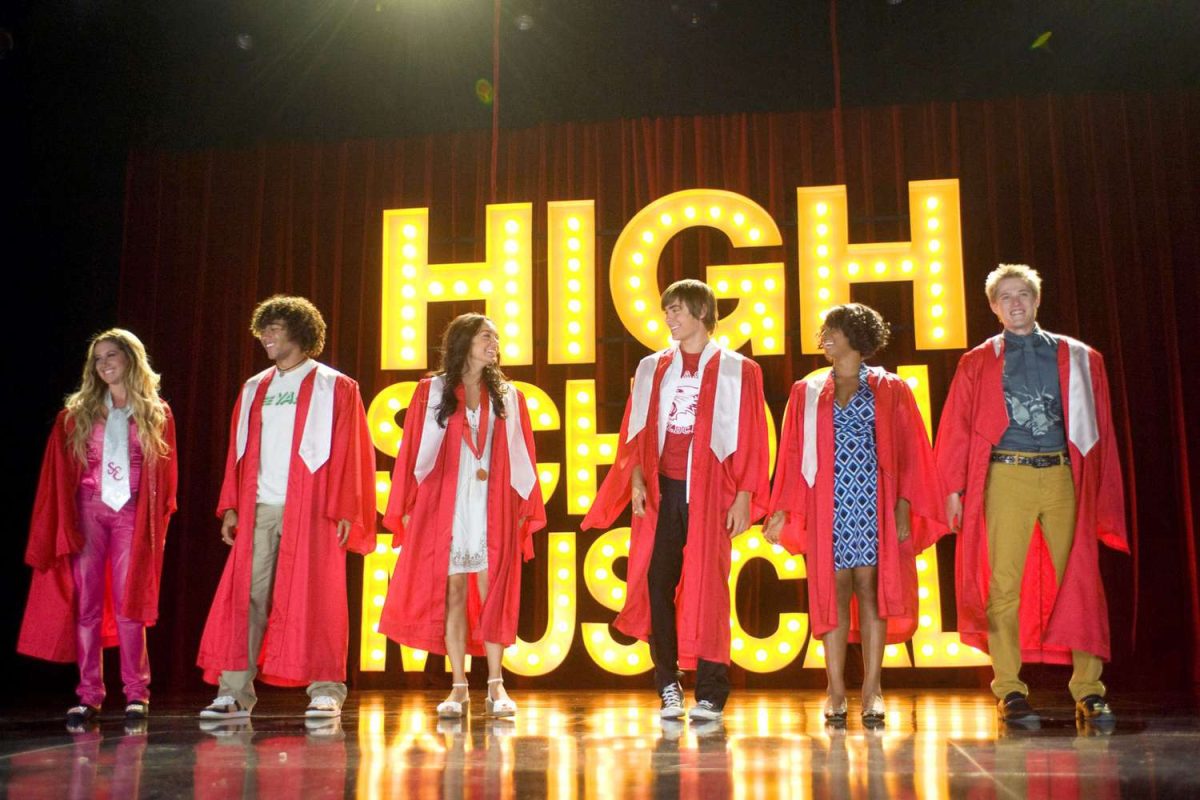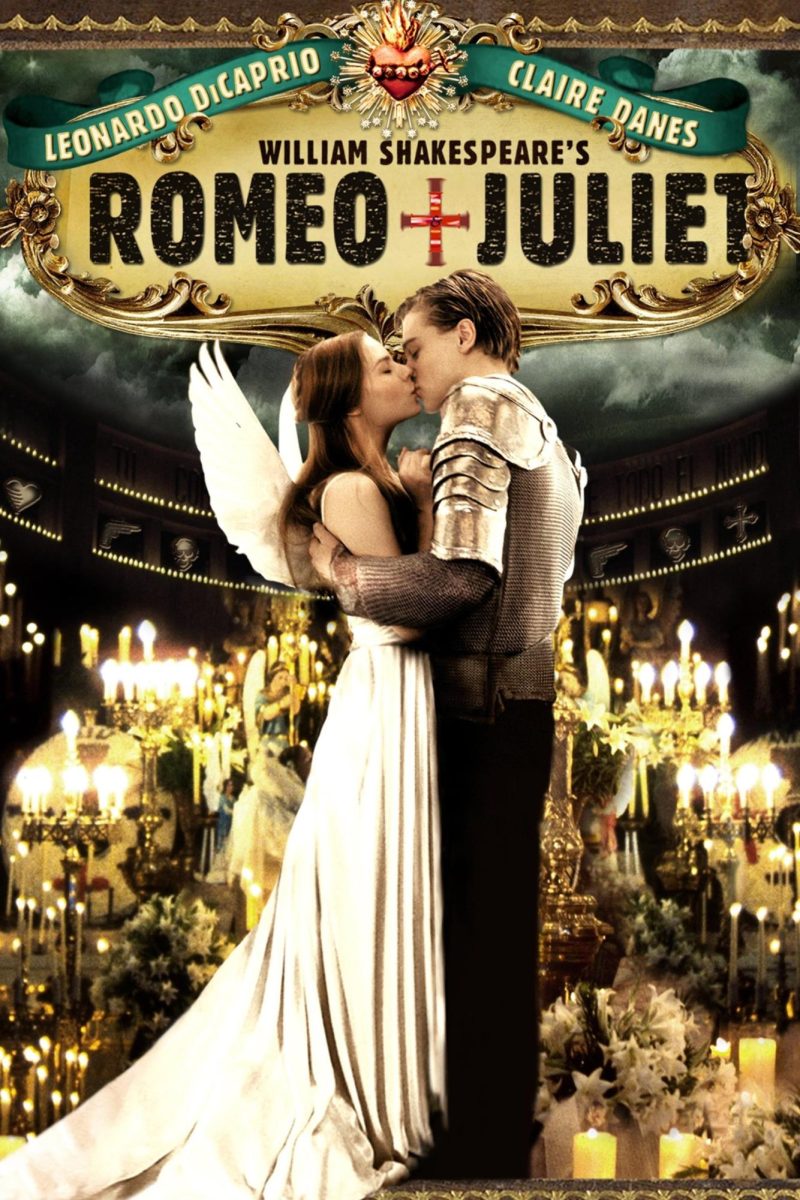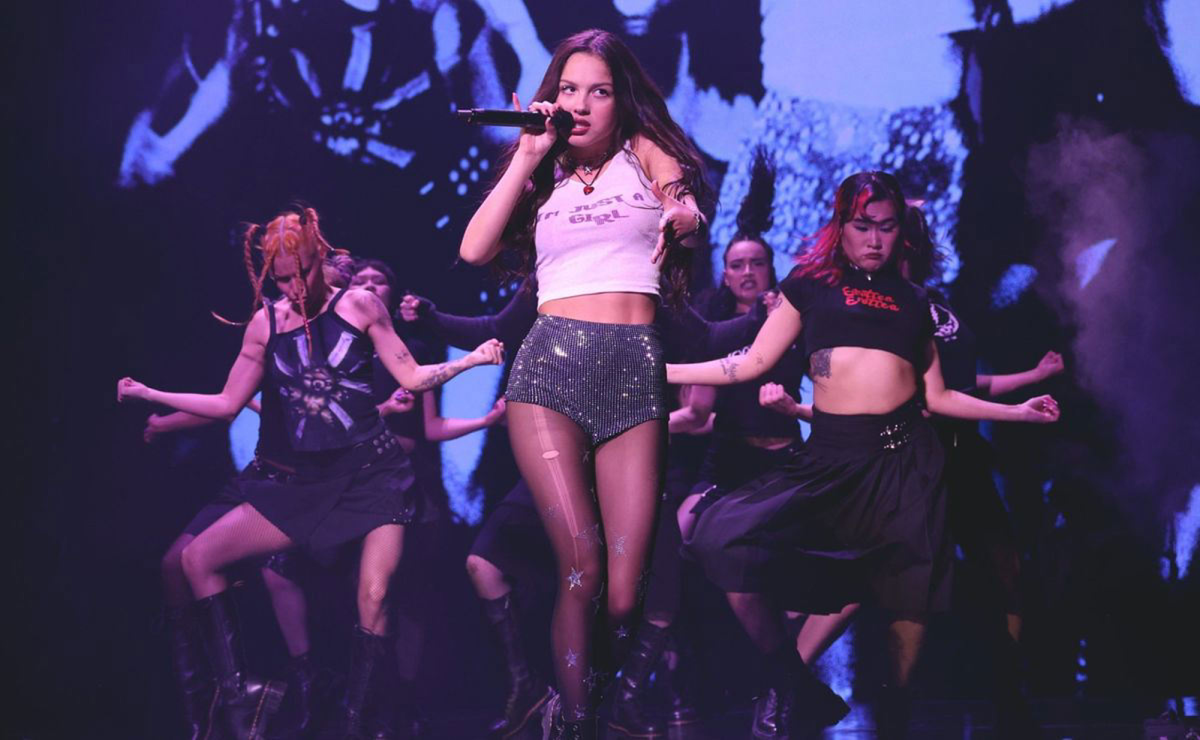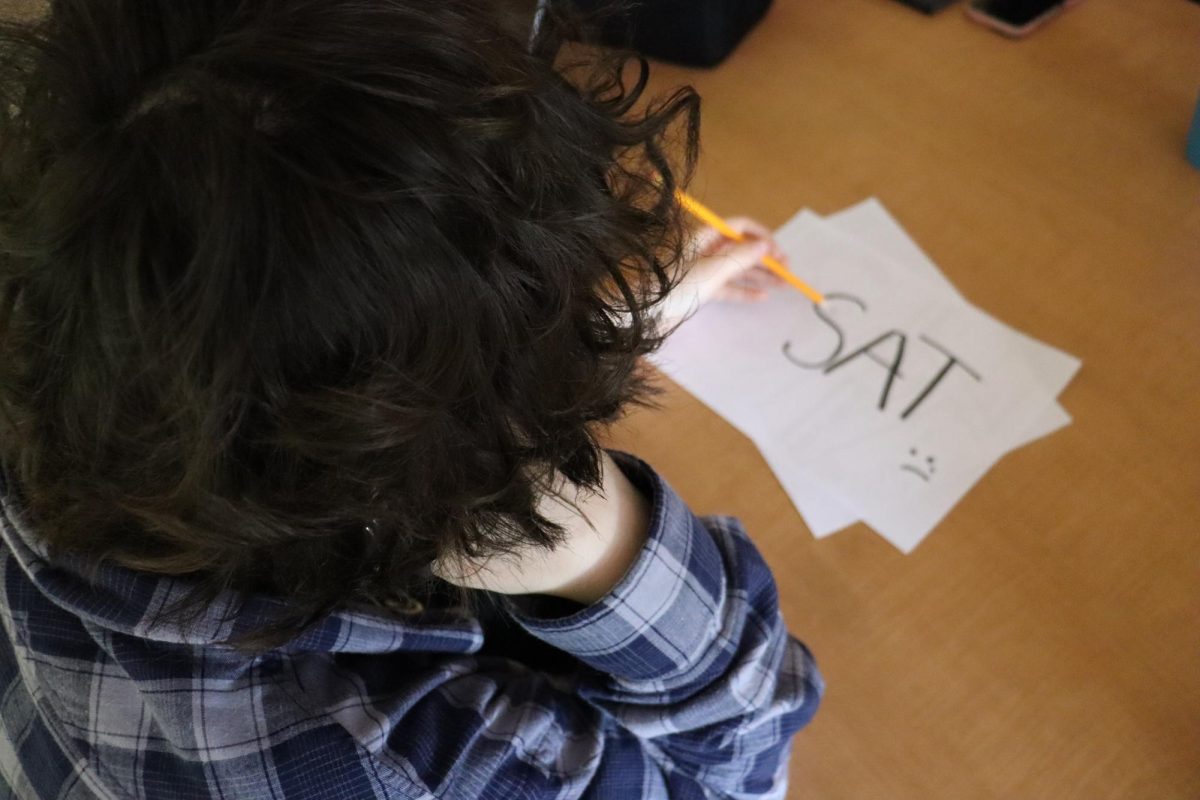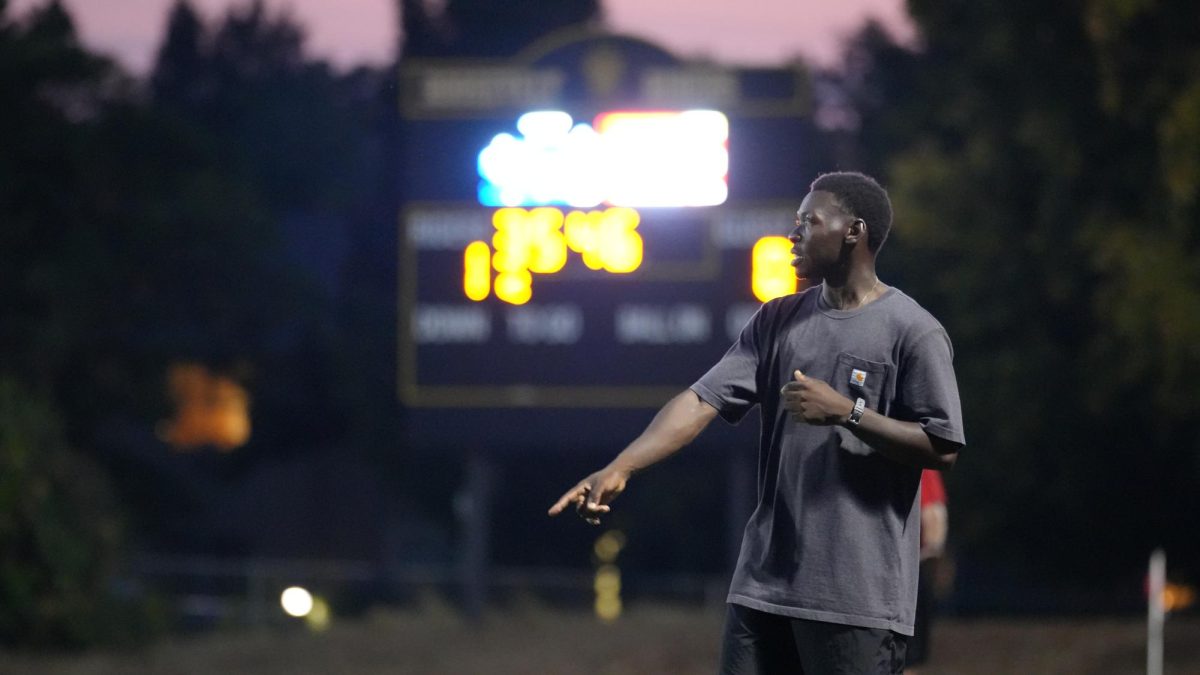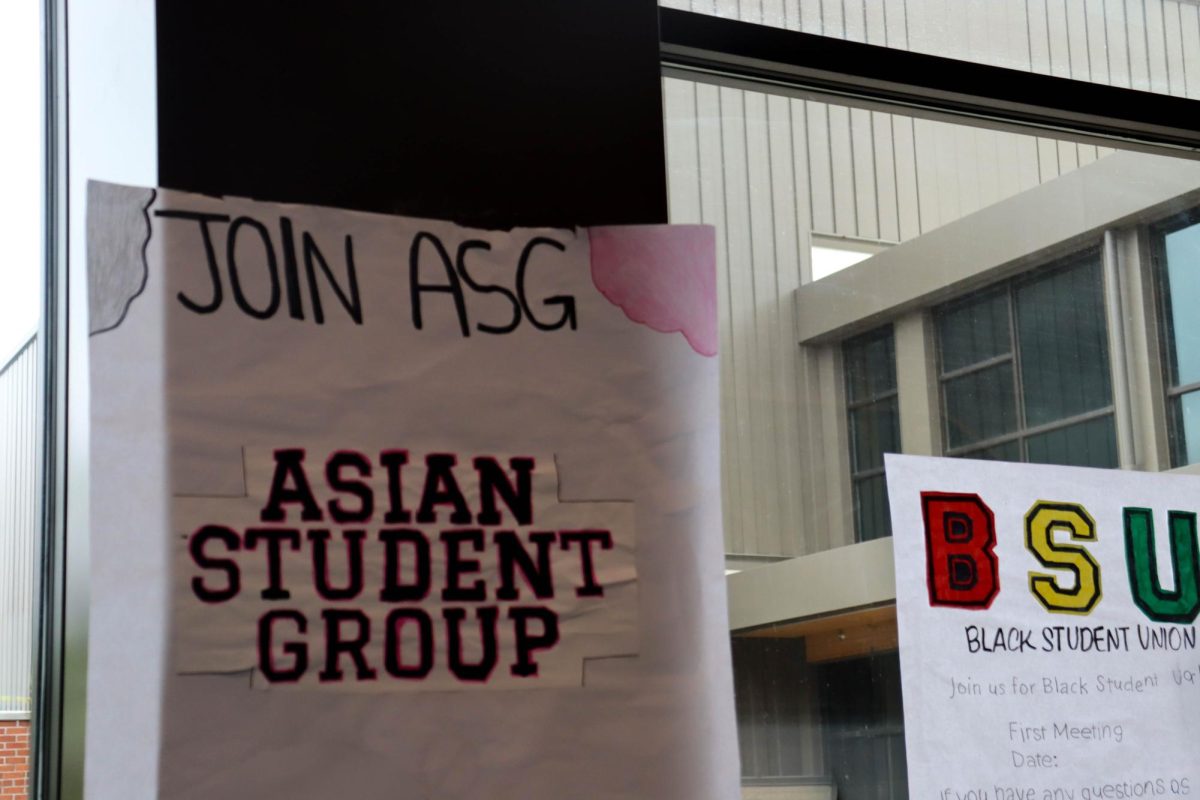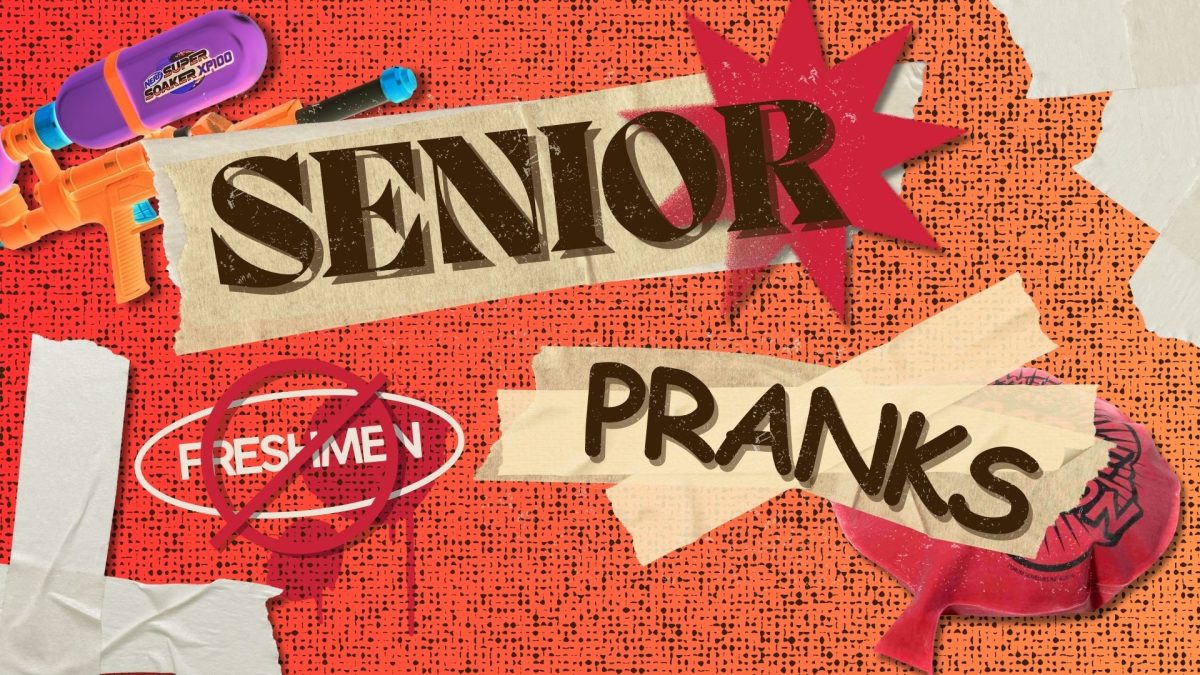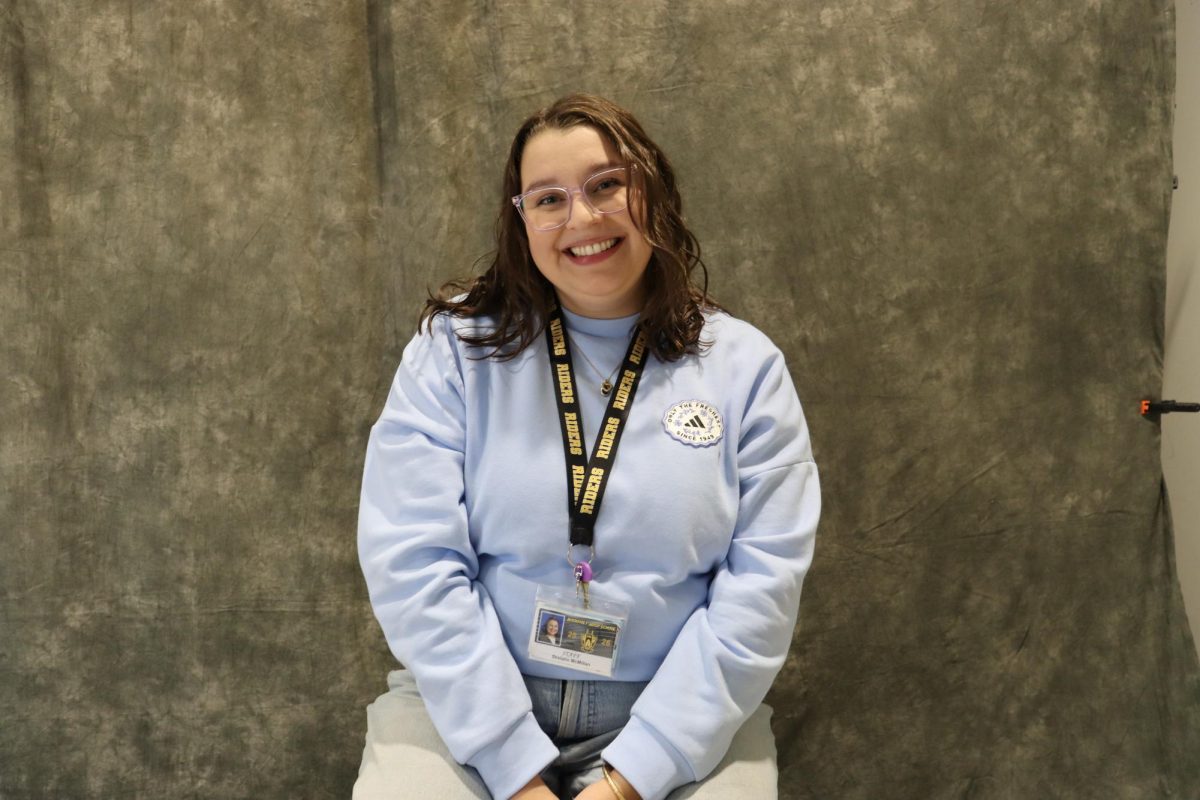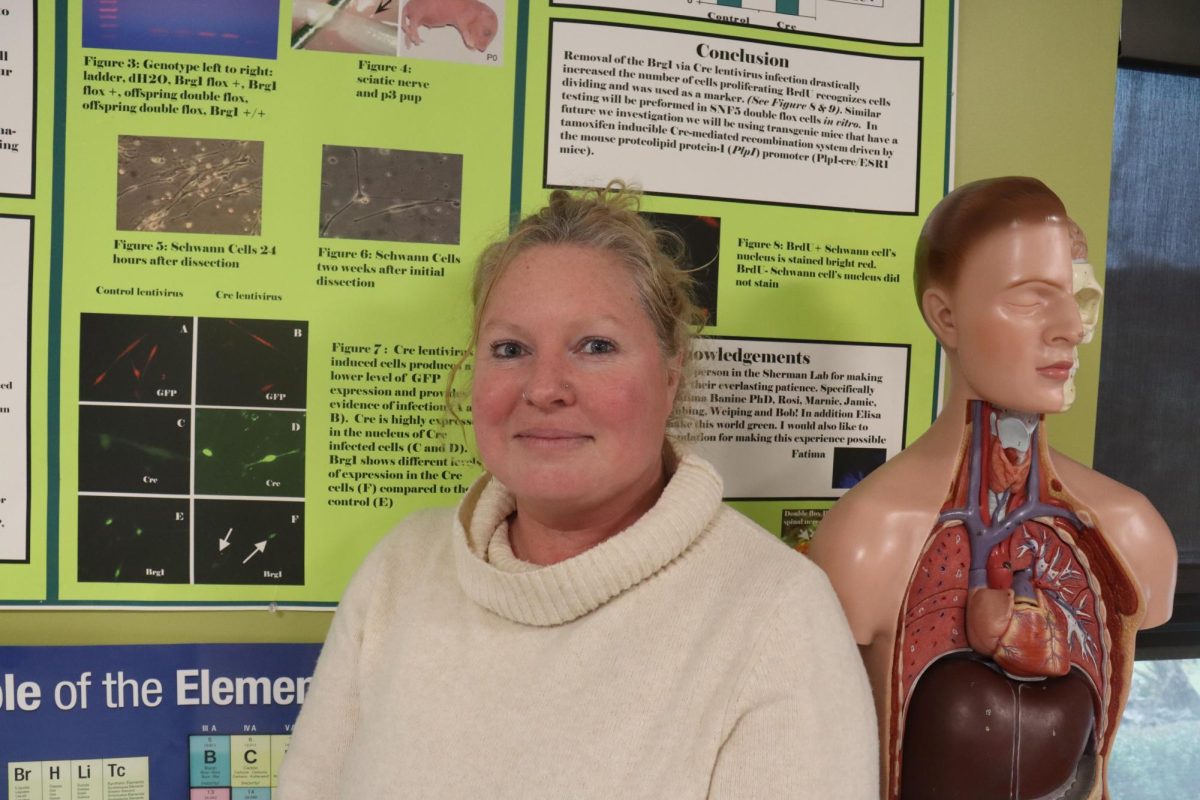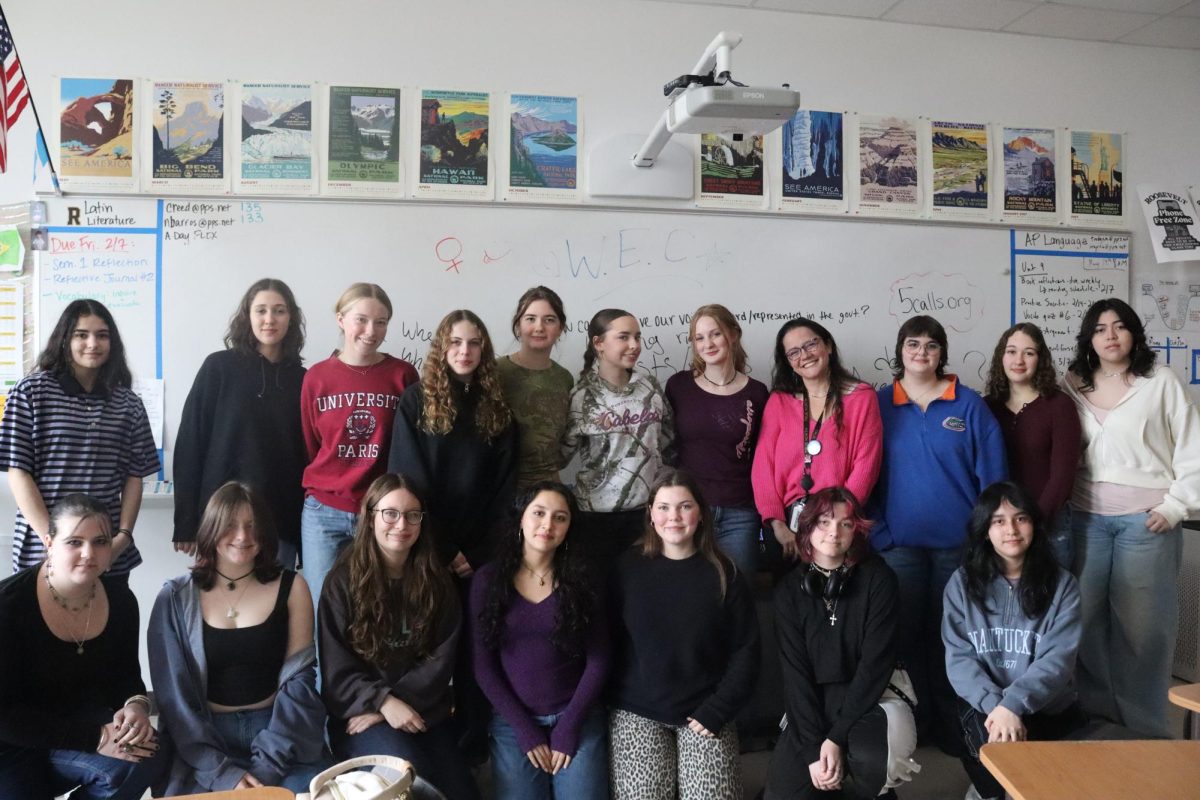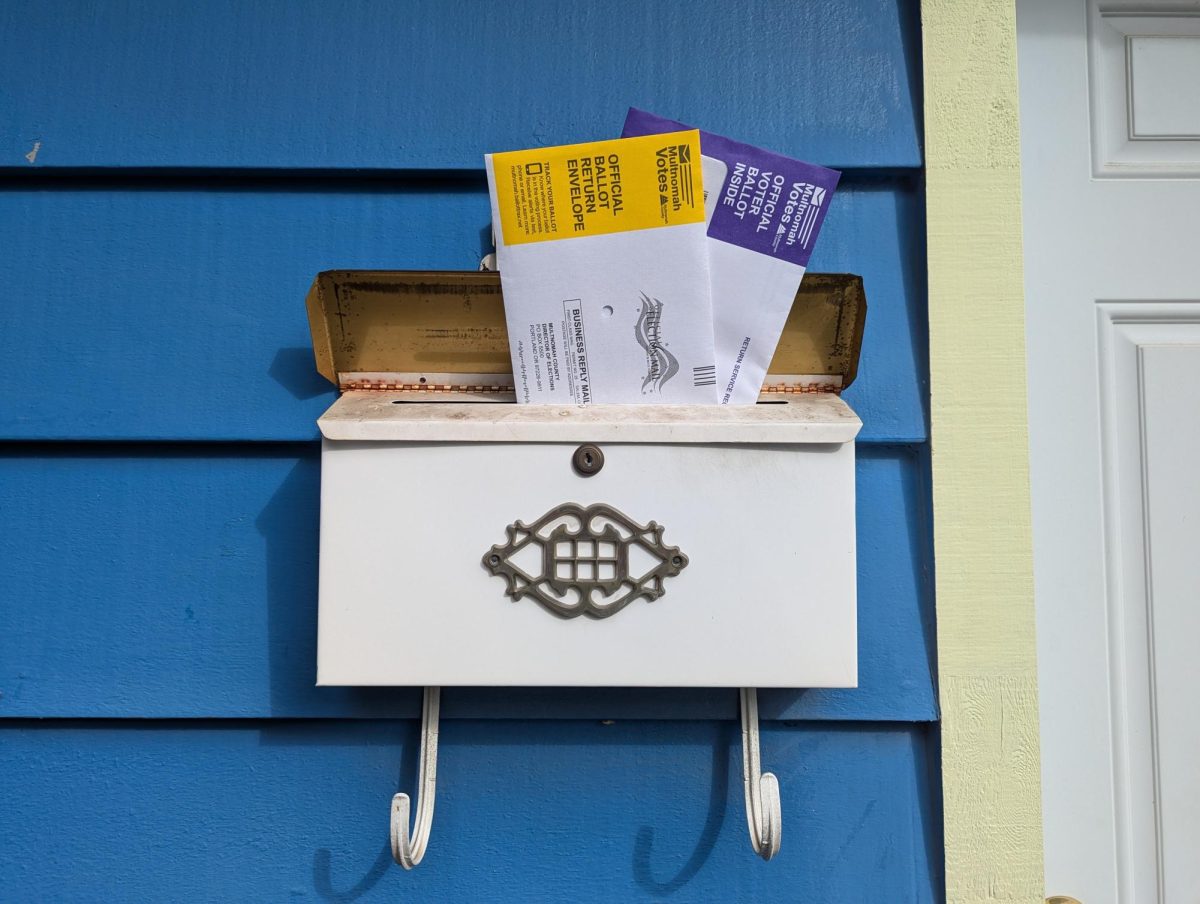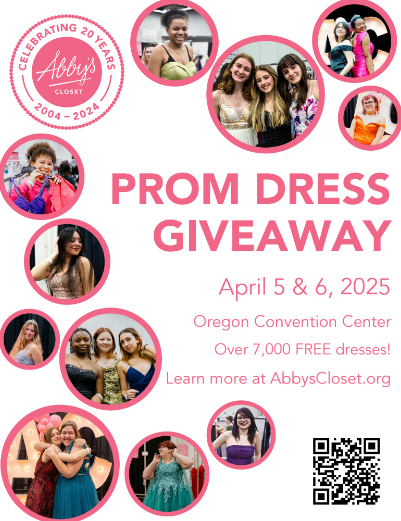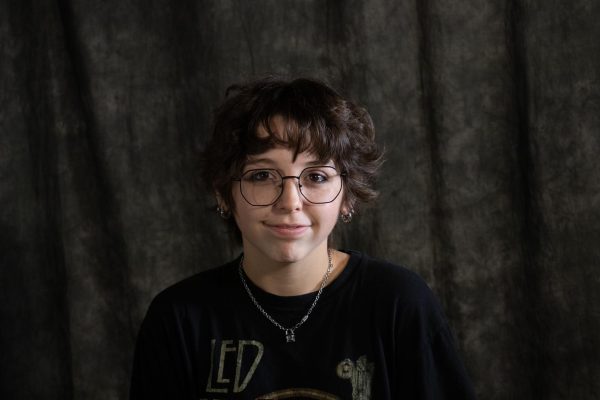As Election day draws closer so do conversations about what gets voted on. All Portland voters will now have the option to rank the candidates they are voting for in local elections, more seasoned voters may already know what this might entail, but the younger voters may be jumping in blind. Thanks to Roosevelt High School government teachers, first time voters will understand what they’re voting on before they fill that circle.
How does rank choice voting (RCV) work exactly? RCV is straightforward. Voters have the option to rank candidates in order of preference: first, second, third and so forth. If your first choice doesn’t have a chance to win, your ballot counts for your next choice. For example, let’s say a voter prefers, in ranked order, candidate B, C, D, and then A. But, no candidate receives a majority of the votes in the first round, and candidate B receives the least first choice support, candidate B will be eliminated. Support for candidate B is distributed to the voter’s second choice, which in this case is candidate C. This process repeats until a candidate has a majority of the vote.
Ranked choice voting is currently used in more than 50 cities in 14 states — including New York NY, San Francisco CA, Minneapolis MN, Payson UT, Cambridge MA, Takoma Park MD, and Las Cruces NM for various municipal elections. RCV is also used in Maine for U.S. House and Senate primary and general elections, and primaries for statewide offices and State Assembly seats. While Portland citizens will be voting using it for the first time this November.
Laura Fisher is one of the Government teachers at Roosevelt, who feels very passionate about voting and getting youth knowledgeable on how to use their vote to the fullest. “I think it’s a step in the right direction for improving the choices people can make when they are making decisions about our future.” Fisher stated when asked about the RVC system. The government classes are running their own mock election to demonstrate how real elections work. When asked why she felt as though it was important for students to learn about voting in this way, Fisher replied. “I think it’s important I teach Government and economics… it’s because democracy depends on an educated populace.”.
This exercise is not only beneficial for the Government students but it also gets the Statistic students involved. One of the more complicated aspects of RCV is the statistics and math that goes into the later stages of it as percentages come into play. Roosevelt students enrolled in the Statistics class will be given all the votes from the Government students and will do the math behind RVC to figure out the winner of the mock election.
Many are not taught the importance of their vote, but the Government teachers of Roosevelt are making sure students are fully informed on why their vote matters and how to use it. Fisher shared a similar sentiment as the interview came to a close “If you don’t understand the impact your votes can have then you are giving up your power… and I want people to be as empowered as possible”.
